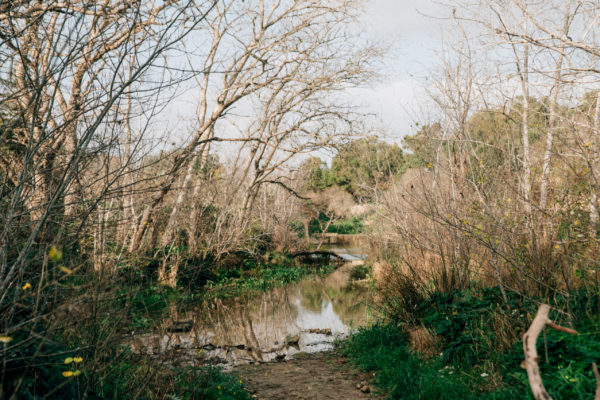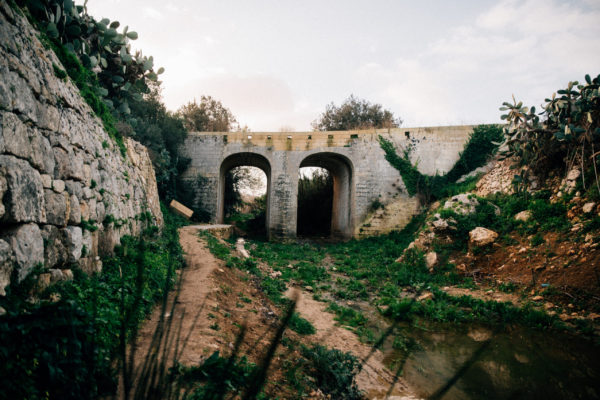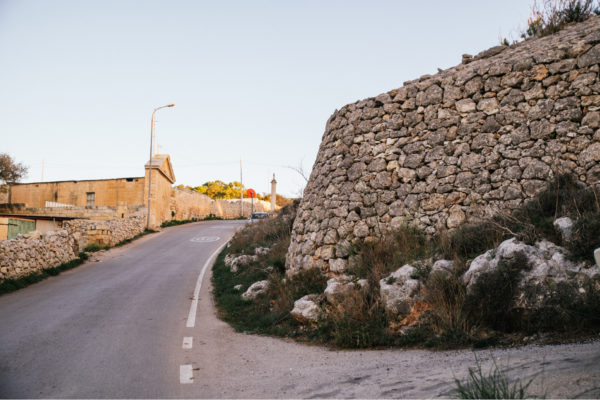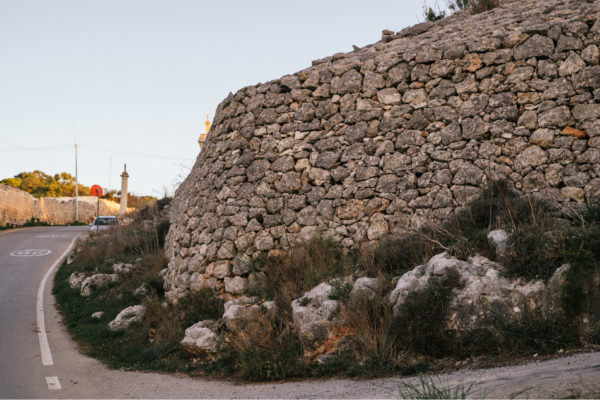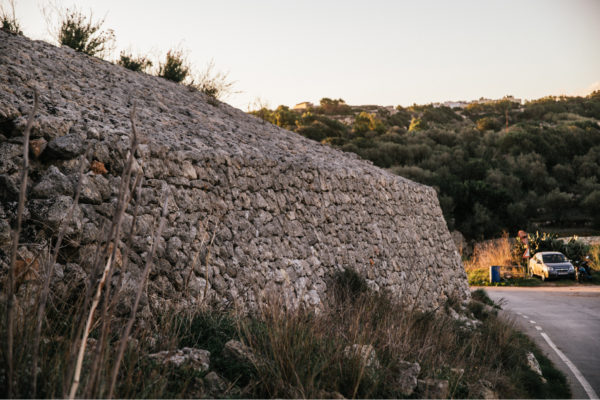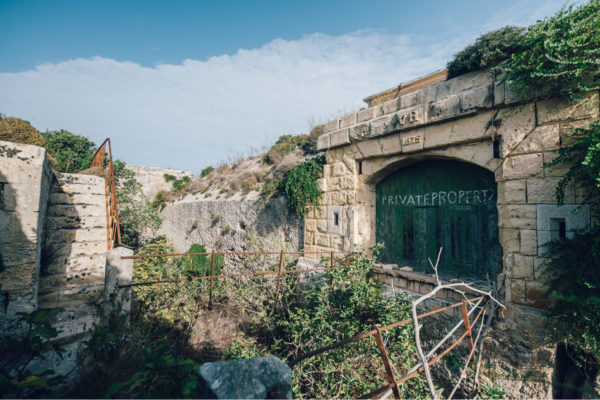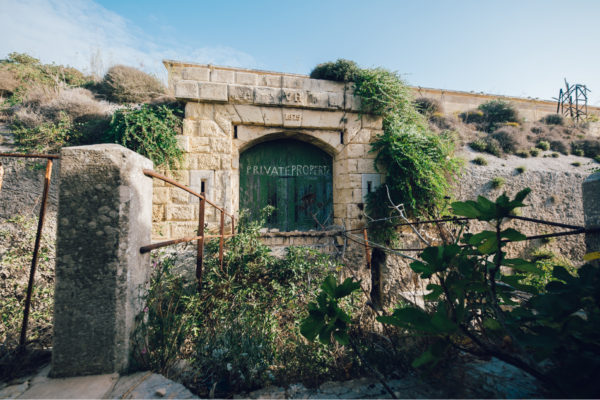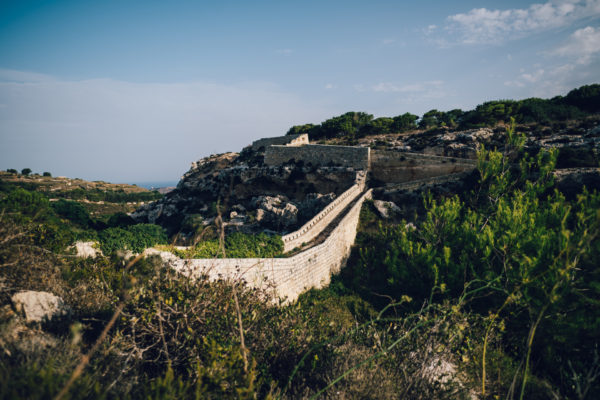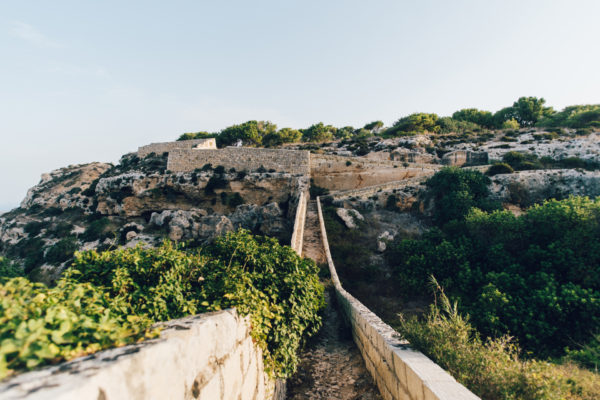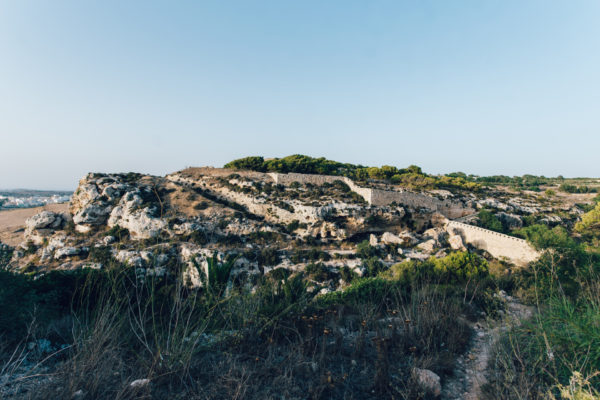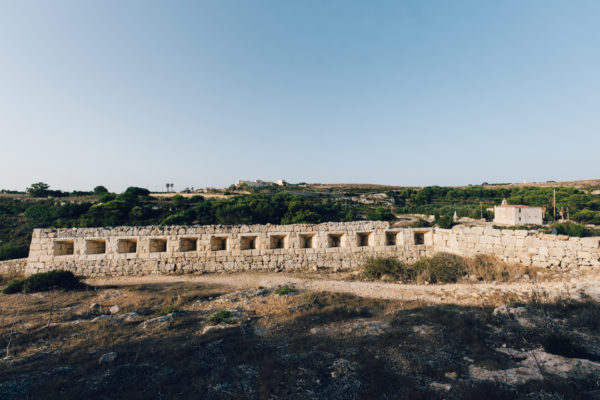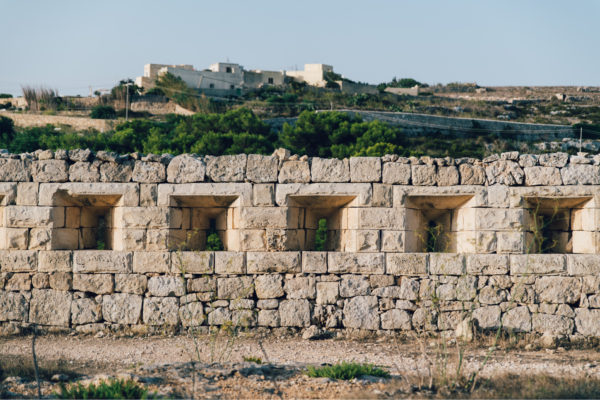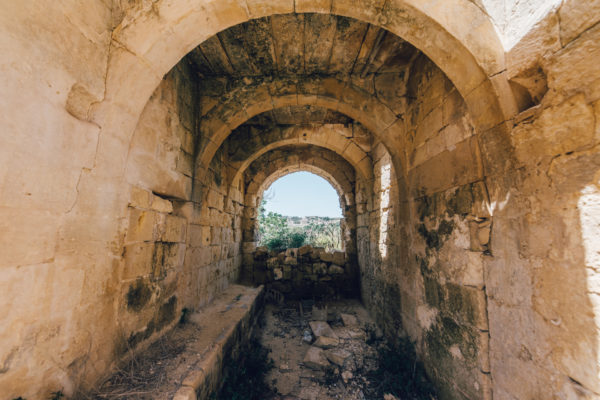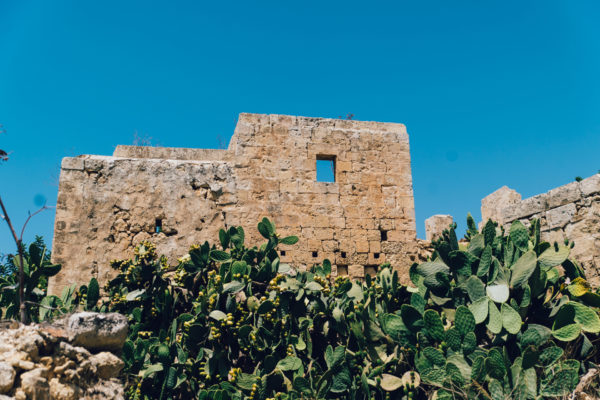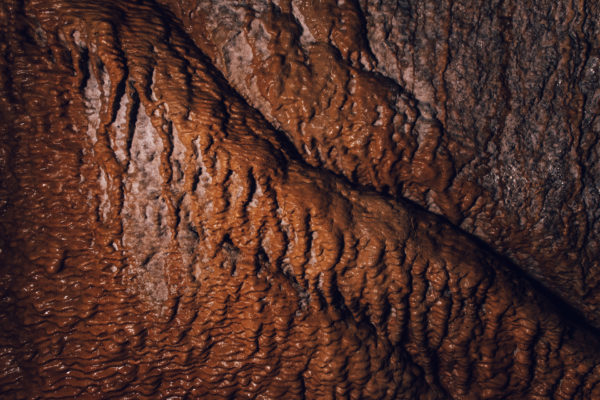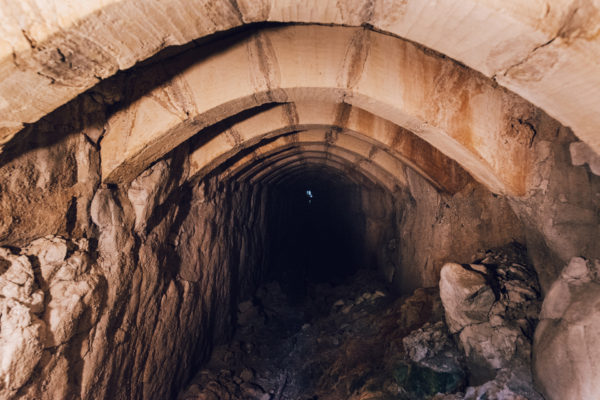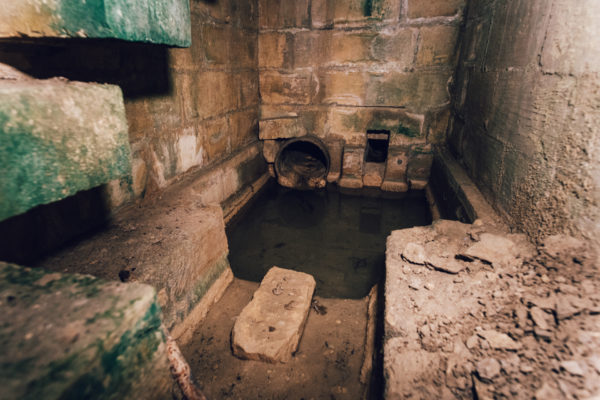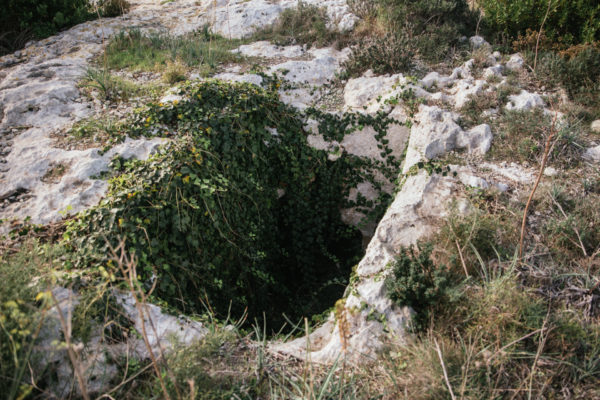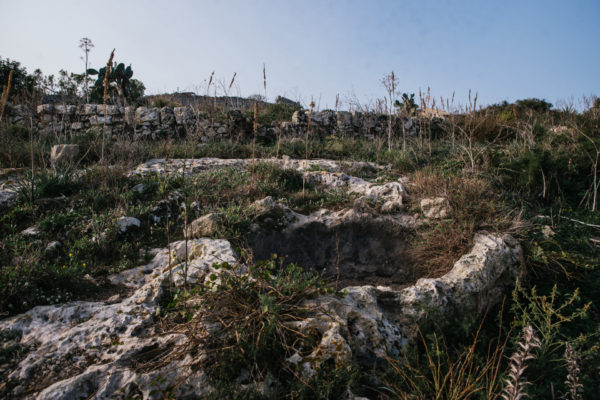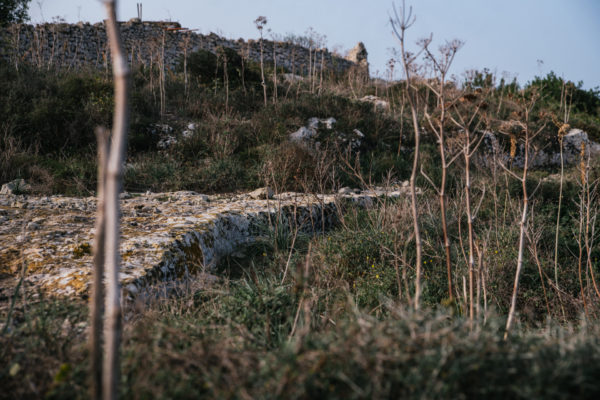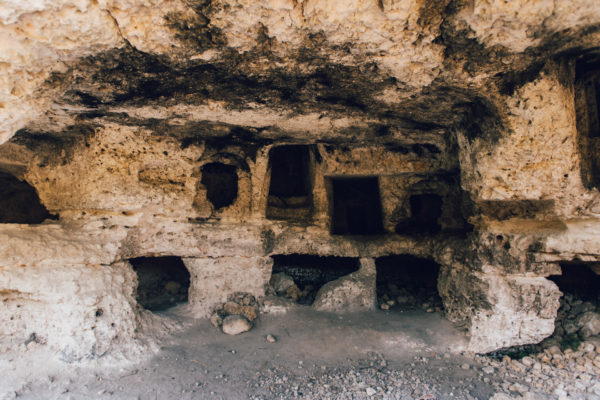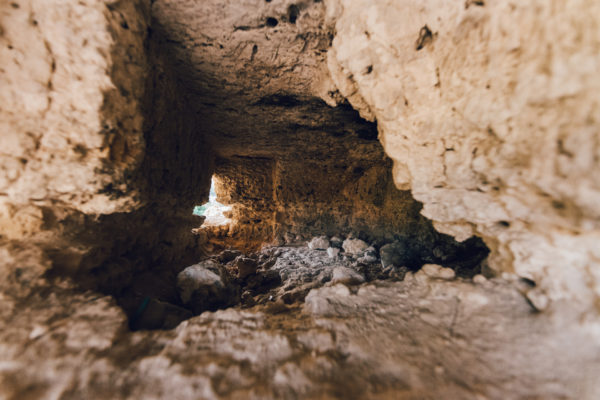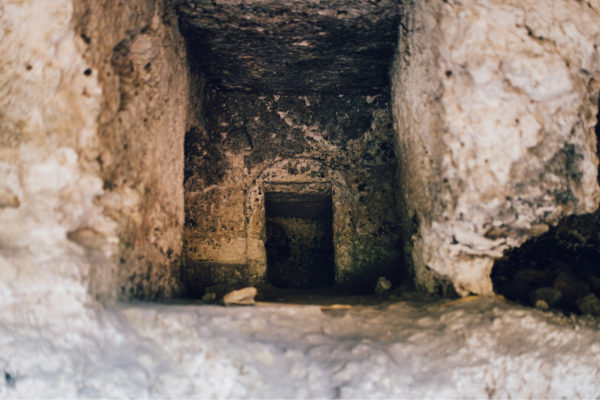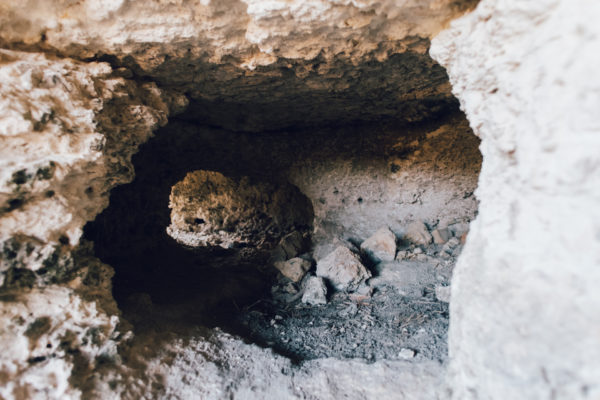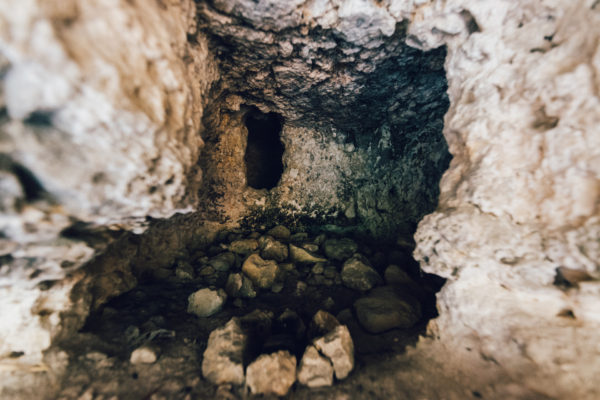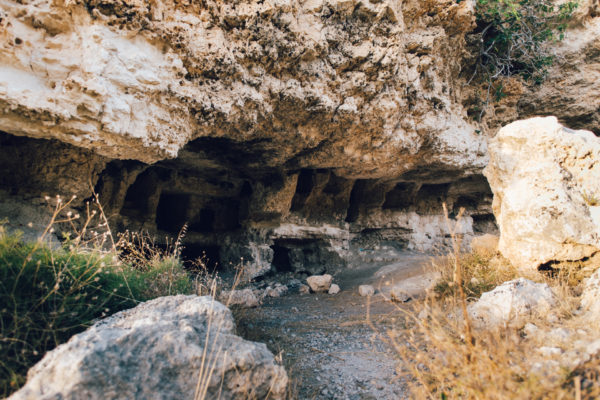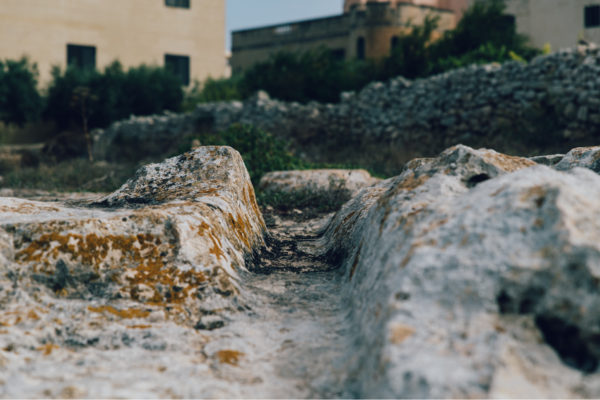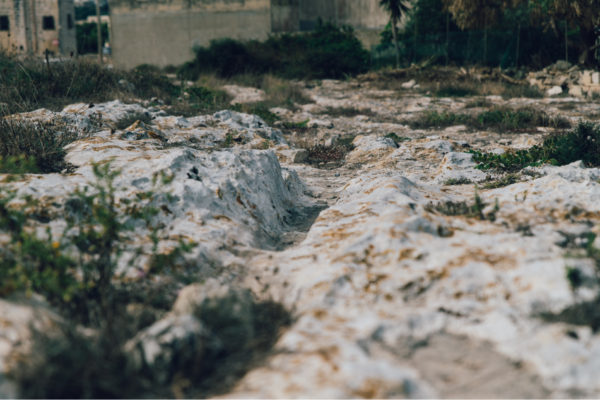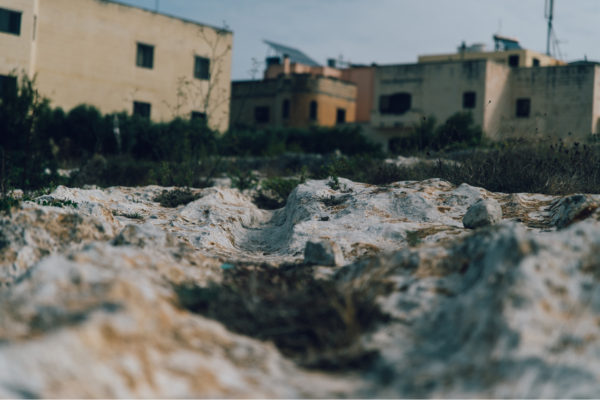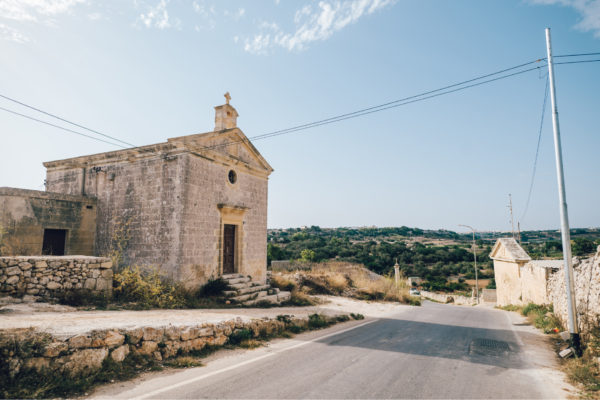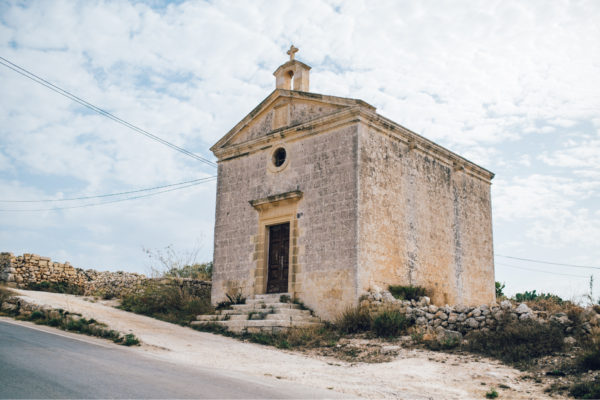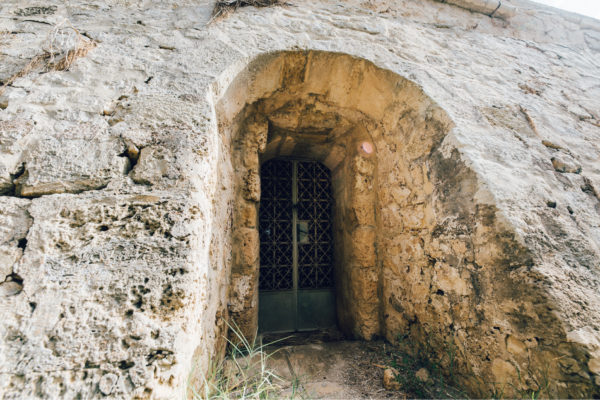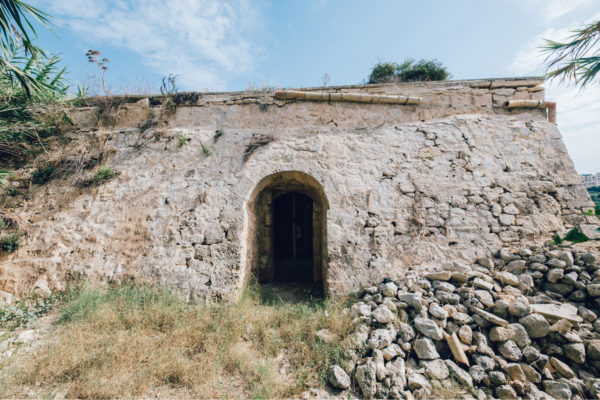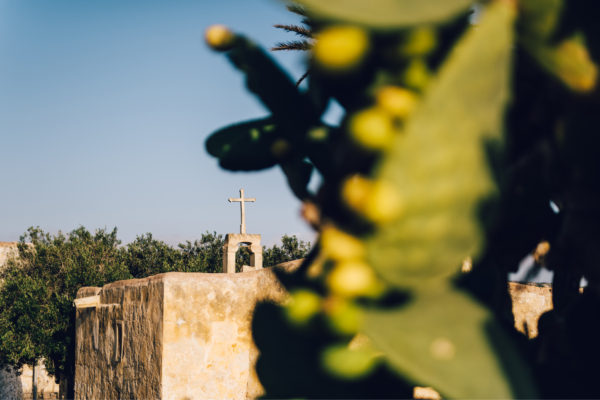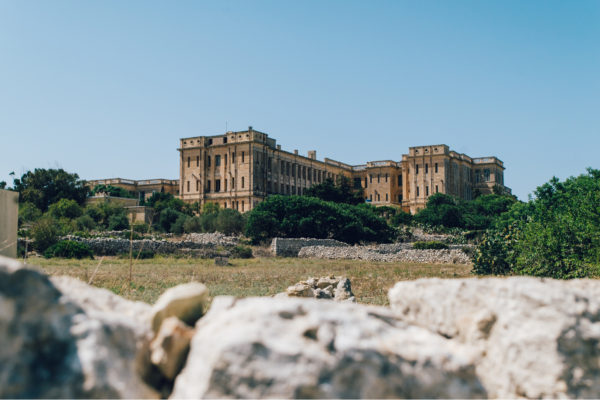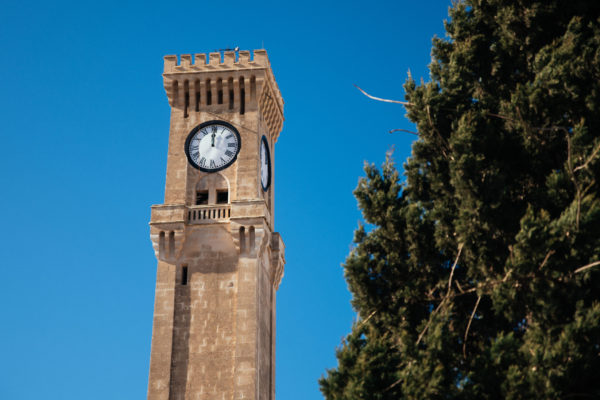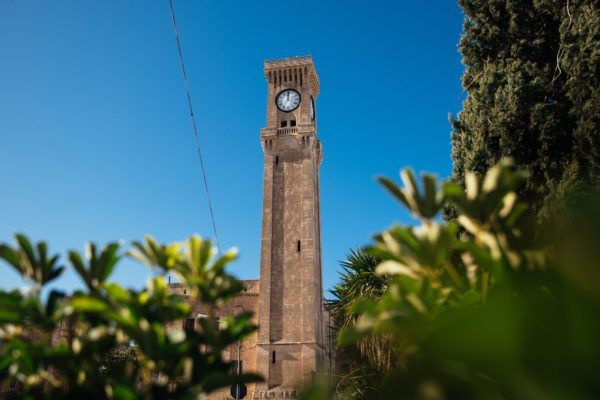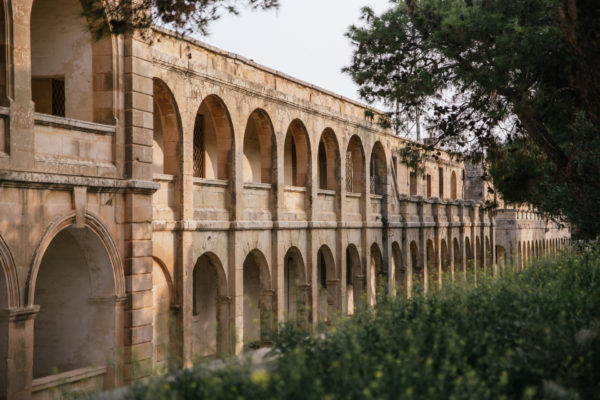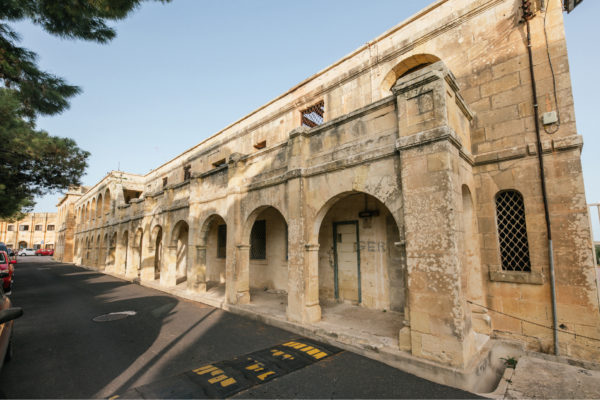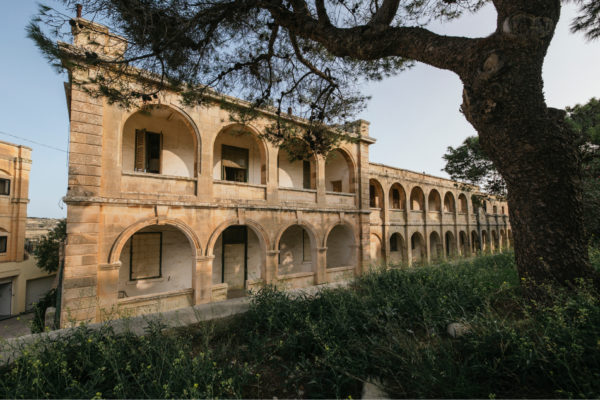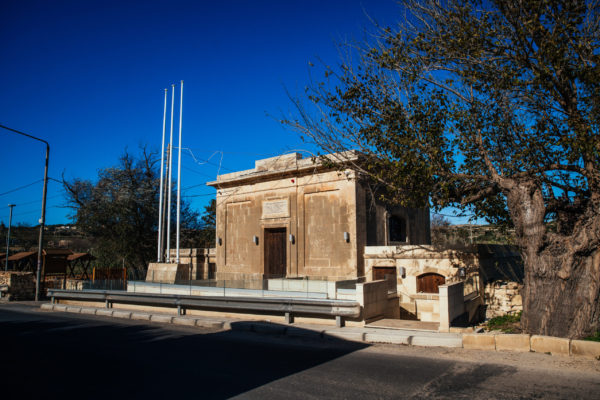The vagrant hedgehog is a mammal native to Morocco, Algeria, Libya, Tunisia, Malta and Spain. Despite closely resembling the European hedgehog, several distinct differences can be noted between the two species. The vagrant hedgehog tends to be smaller than its European counterpart, growing between 20 – 25 cm long and weighing up to 650 g.
Its face is pale in colour, while the legs and head are brown with a brown or white underbelly. The characteristic pointed snout and large round ears are very evident as is the body covered with soft spines.These are white with darker banding. The spines are not poisonous and cannot be easily removed from the hedgehog, unlike those of a porcupine.
As a common defence mechanism from predation one can notice the ability of the hedgehogto roll in a tight ball and sheltering its bare underbelly while presenting the soft spines to any curious predators. The hedgehog has an acute sense of smell and hearing which it uses when hunting worms, insects, snails and slugs and occasionally small frogs and lizards.
The hedgehogs is a nocturnal species and sleepa for a large portion of the day being active at night time. It uses the large shrubs, tall grasses, rock or holes in the ground to shelter before heading out for the evening hunt. Although most hedgehog species hibernate, the vagrant hedgehog does not hibernate, although it reduces physical activity at temperature below 20°C.
The gestation period ranges from 30 – 40 days, and in ideal conditions a litter can exceed 8 hoglets. It can have two litters quite often in a season, between May and October. The hoglets reach maturity at 8 – 10 weeks of age. The vagrant hedgehog is considered rare in the Maltese islands. It suffers from habitat loss and fragmentation.
The vagrant hedgehog is legally protected.











